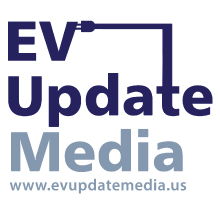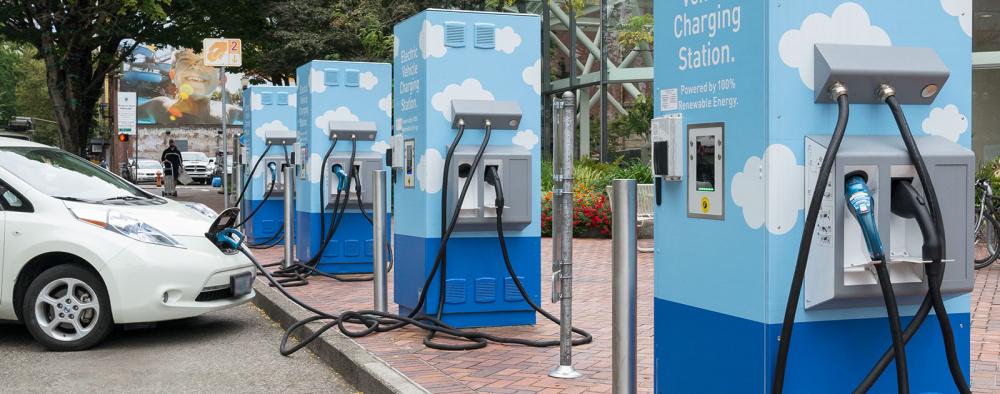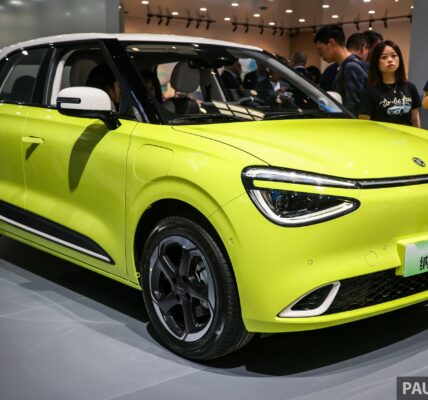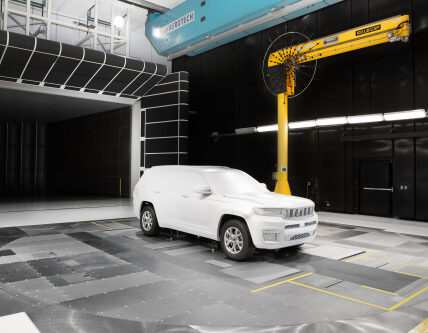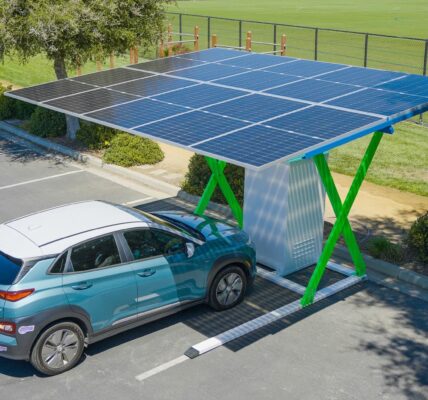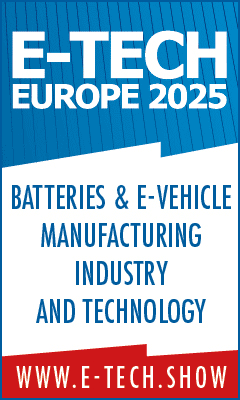Pacific Gas and Electric Co. says electric vehicles are key to achieving California’s climate goals and can help lower electric rates for customers. However, research shows that the cost of owning an EV can be a challenge for drivers in lower-income communities. PG&E said the company is taking action to make EV ownership more affordable for customers with limited financial resources.
PG&E has already helped make driving an EV a reality for more than 13,000 income-qualified customers through the Pre-Owned EV Rebate Program, and thousands more have benefited from incentives to lower the upfront costs for charging infrastructure at their homes.
Closing the equity gap to help get more drivers with limited resources into EVs is critical to accelerate EV adoption throughout PG&E’s service area and reach PG&E’s goal to serve 3 million EVs by 2030. EVs help improve air quality by decreasing carbon emissions from transportation, said PG&E. Additionally, PG&E estimates that the next 1 million EVs connecting to the grid could lower residential electric rates by 2% to 3% by spreading fixed operations and maintenance costs across more customers.
“We have made great progress to improve access to EVs and charging infrastructure for all of our customers, including those who may have thought EV ownership was out of reach because of the costs,” said Lydia Krefta, PG&E senior director, electrification and decarbonization. “EVs are critical to California meeting its climate goals, and they also provide a road to lower electric prices. Additionally, customers can manage their EV charging during times when energy demand and prices are lower, allowing them to charge for as low as the equivalent of $1.88 per gallon of gas for customers who receive income-qualified rate discounts, while reducing strain on the grid.”
Making EV ownership more affordable
There are over 700,000 EVs in PG&E’s service area, representing 1 in 8 EVs in the country. According to recent data, California EV sales climbed for the fourth straight year in 2024, representing approximately 25% of all new vehicles sold in the state last year. However, a study from University of California, Los Angeles’ Luskin Center for Innovation finds that disadvantaged communities are not keeping pace in the EV transition because they often don’t have access to incentives and charging infrastructure.
PG&E offers a variety of resources — including rebates, incentives for income-qualified customers and EV-focused rate plans — that can help lower the total cost of EV ownership, including upfront, charging and charger installation costs.
The Pre-Owned EV Rebate Program provides up to $4,000 back when income-qualified customers buy or lease a used EV. Since launching in February 2023, the program has issued more than 13,000 rebate payments and provided over $29 million in benefits. An additional $50 million in funding is still available for PG&E customers who meet income qualifications.
Powering the EV transition
PG&E has programs that can reduce the cost of installing an at-home EV charger to help lower the overall cost of driving an EV.
PG&E’s residential charging solutions pilot provides customers with a 50% post-purchase rebate on approved Level 2 residential charging equipment that can utilize existing 240-volt outlets and eliminate the need for costly electrical upgrades. Income-eligible customers can receive a rebate valued at 100% of the equipment’s purchase price. The pilot is funded by California’s Low Carbon Fuel Standard Program.
In the year ahead, PG&E plans to announce two additional EV charging pilots that were authorized for funding through California’s LCFS Program:
The affordable public charging pilot offers a charging credit, via a prepaid debit card, to help income-qualified customers cover some of the costs to charge their EVs at public charging stations.
The panel and flexible electrification support pilot offers incentives for electrical panel upgrades and other qualifying auxiliary equipment needed for low-income customers to install an EV charger at their home.
EV rates and additional resources
PG&E has three rate plans that may help EV drivers lower their electric costs. With these time-of-use rate plans, customers who charge their EVs during off-peak hours can reduce their overall energy costs.
On PG&E’s EV2-A rate, customers who qualify for the income-eligible California Alternate Rates for Energy Program and Family Electric Rate Assistance Program monthly discounts can charge their EVs for the equivalent of $1.88 per gallon at the pump when they charge between midnight and 3 p.m. The EV rate comparison tool can help customers find the best rate plan that works for them.
“There are real savings opportunities that can help lower EV ownership costs for customers with limited resources. An income-qualified customer with access to home charging could save 57% with the CARE discount and off-peak EV charging rates, compared to the cost to fuel their vehicle with gasoline. A CARE customer who only uses public charging through the upcoming affordable public charging program can save up to 100% for two years,” Krefta said.
Customers who want to explore EV ownership are encouraged to check out PG&E’s EV savings calculator to browse vehicles, discover incentives and locate charging stations.
